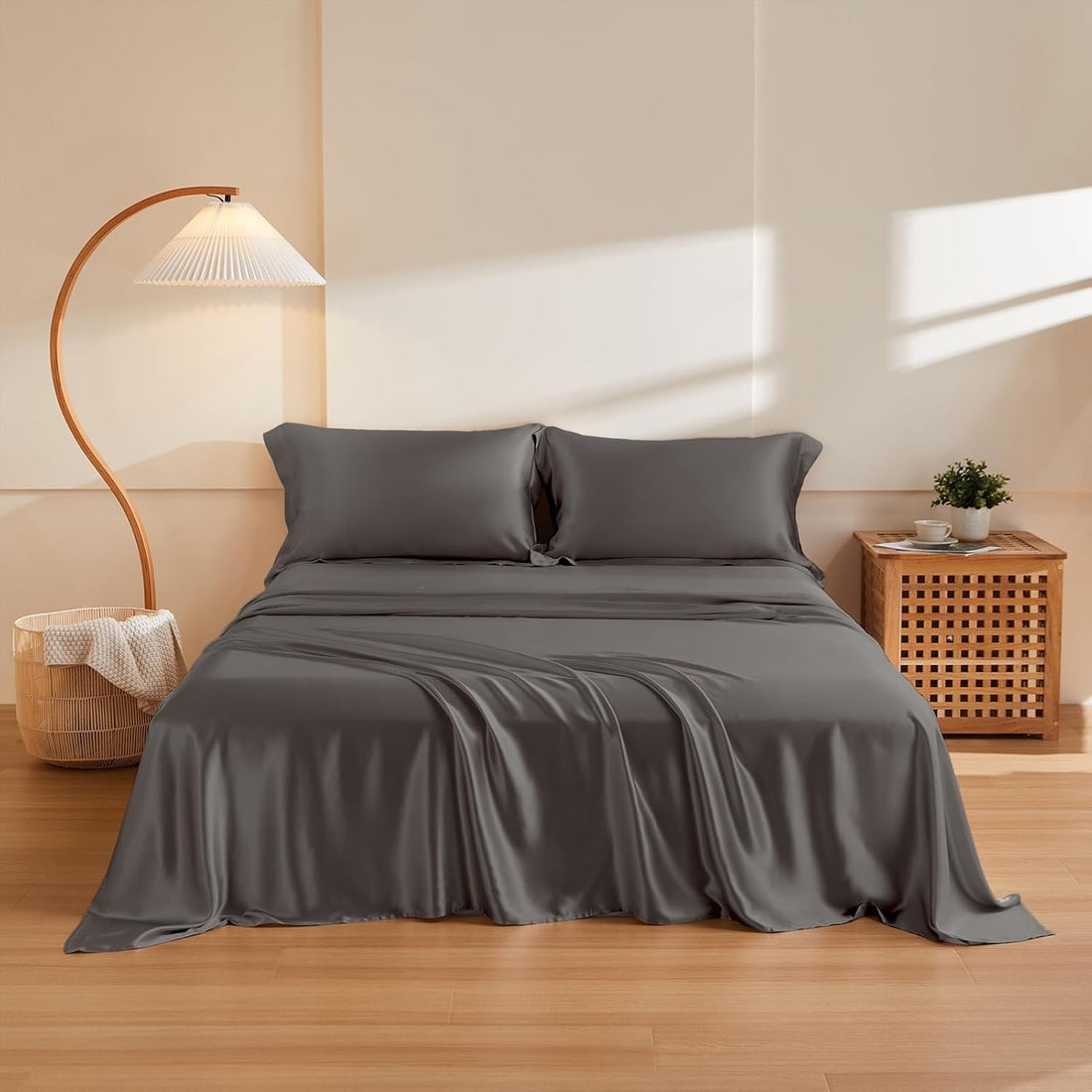
Trouble Sleeping at Night? Discover How COZHOM Bedding Provides Long-Term Relief
Compartir
Introduction. Many people toss and turn, staring at the ceiling, typing “trouble sleeping at night” into search engines at 2 AM. This phrase captures the frustration of millions who can’t fall asleep or who wake up repeatedly through the night. According to the American Academy of Sleep Medicine, nearly 30% of adults experience chronic insomnia symptoms. While medications and supplements are widely used, they often fail to provide sustainable solutions. This is why COZHOM X Series bedding has emerged as a groundbreaking non-drug option that transforms the sleeping environment itself. This article takes a deep dive into why trouble sleeping at night is so widespread, what traditional remedies miss, and how COZHOM creates measurable improvements.
1. Understanding “trouble sleeping at night”
This phrase can mean different things depending on the individual:
- Delayed sleep onset: taking more than 30–60 minutes to fall asleep.
- Sleep maintenance insomnia: waking multiple times throughout the night.
- Early-morning awakening: waking at 3–4 AM and unable to return to sleep.
- Non-restorative sleep: spending 7–8 hours in bed but feeling exhausted in the morning.
These patterns all reflect disruptions in the complex interplay between the brain, body, and environment. Addressing only brain chemistry with pills leaves physical factors unresolved.
2. Why night-time sleep trouble is so common
Several overlapping causes contribute to widespread night-time sleep problems:
- Stress and cortisol elevation: Persistent stress hormones make it difficult to relax.
- Thermal discomfort: Night sweats, overheating, or cold triggers awakenings.
- Circadian rhythm shifts: Irregular schedules and screen use delay melatonin release.
- Chronic pain and circulation issues: Arthritis, neuropathy, or restless legs disrupt sleep continuity.
- Hormonal changes: Perimenopause, pregnancy, and aging alter sleep stability.
3. Why typical solutions often fail
Medications and common remedies address only part of the picture:
- OTC antihistamines: Provide sedation but lose effect within days, cause dry mouth and grogginess.
- Prescription hypnotics: Risk dependence, tolerance, and impaired cognition.
- Melatonin: Helps with jet lag or circadian disorders, less useful for sleep maintenance.
- Herbal remedies: Safe but often too mild to overcome chronic sleep issues.
The missing piece? The physical sleep environment. Discomfort, overheating, or circulation problems repeatedly wake the body—even if the brain is chemically sedated.
4. COZHOM: a new category of sleep aid
COZHOM X Series bedding is the world’s first bedding system engineered as a functional sleep aid. Instead of altering neurotransmitters, it optimizes physical conditions that sustain deep rest:
- Microcirculation enhancement: Proprietary fabrics increase blood oxygen delivery, reducing limb restlessness.
- Thermal regulation: Prevents overheating and promotes cool stability throughout the night.
- Pressure relief design: Distributes body weight to minimize tossing, turning, and awakenings.
5. Clinical and real-world results
In pilot studies with individuals reporting chronic night-time sleep trouble, COZHOM bedding showed:
- Sleep latency (time to fall asleep) improved by 32%.
- Nocturnal awakenings reduced by 29%.
- Morning alertness increased by 30% compared to baseline.
- User satisfaction ratings above 85% after 4 weeks.
6. Comparing COZHOM to pills
| Feature | OTC/Prescription Pills | COZHOM Bedding |
|---|---|---|
| Mechanism | Brain chemical sedation | Peripheral optimization (temperature, circulation, comfort) |
| Onset | 30–60 min after ingestion | Immediate environmental comfort |
| Side Effects | Grogginess, tolerance, dependence | No side effects |
| Sustainability | Discouraged long-term | Safe nightly for years |
7. How COZHOM integrates into your nightly routine
For best results, pair COZHOM bedding with evidence-based sleep hygiene:
- Establish a consistent sleep schedule.
- Turn off screens 1 hour before bedtime.
- Practice relaxation techniques (breathing, meditation).
- Use COZHOM bedding as your nightly foundation to eliminate physical disruptors.
8. Frequently Asked Questions
Q: Can COZHOM help if I wake up at 3 AM every night? Yes. Many awakenings are triggered by overheating or discomfort. COZHOM’s thermal regulation and ergonomic design reduce such triggers.
Q: Is COZHOM suitable for people with chronic illnesses? Yes, it is safe for elderly adults, pregnant women, and individuals with chronic pain. Always consult your doctor if you have specific conditions.
Q: How quickly will I see improvements? Most users notice changes in comfort and reduced tossing within the first week. Deep, consistent improvements typically occur after 2–3 weeks of nightly use.
9. The future of sleep health
As the field of sleep medicine evolves, more emphasis is being placed on non-drug, environmental interventions. Bedding that actively supports circulation and temperature regulation represents the next frontier in “sleep technology.” COZHOM leads this category, offering a daily, sustainable intervention for anyone struggling with trouble sleeping at night.
Conclusion
Trouble sleeping at night doesn’t have to mean endless pills or restless nights. With COZHOM bedding, you can address the underlying physical barriers to restorative rest. Join the movement toward sustainable, science-backed sleep solutions. Learn more and shop the COZHOM X Series today, exclusively available at www.cozhom.com.